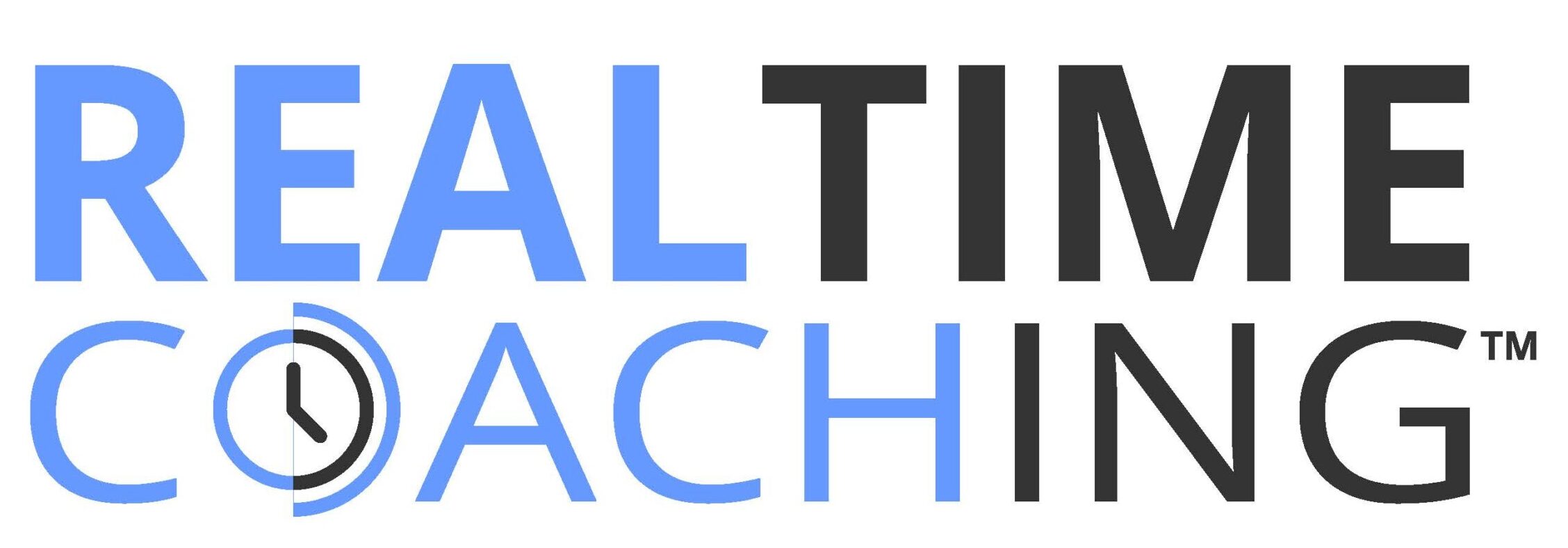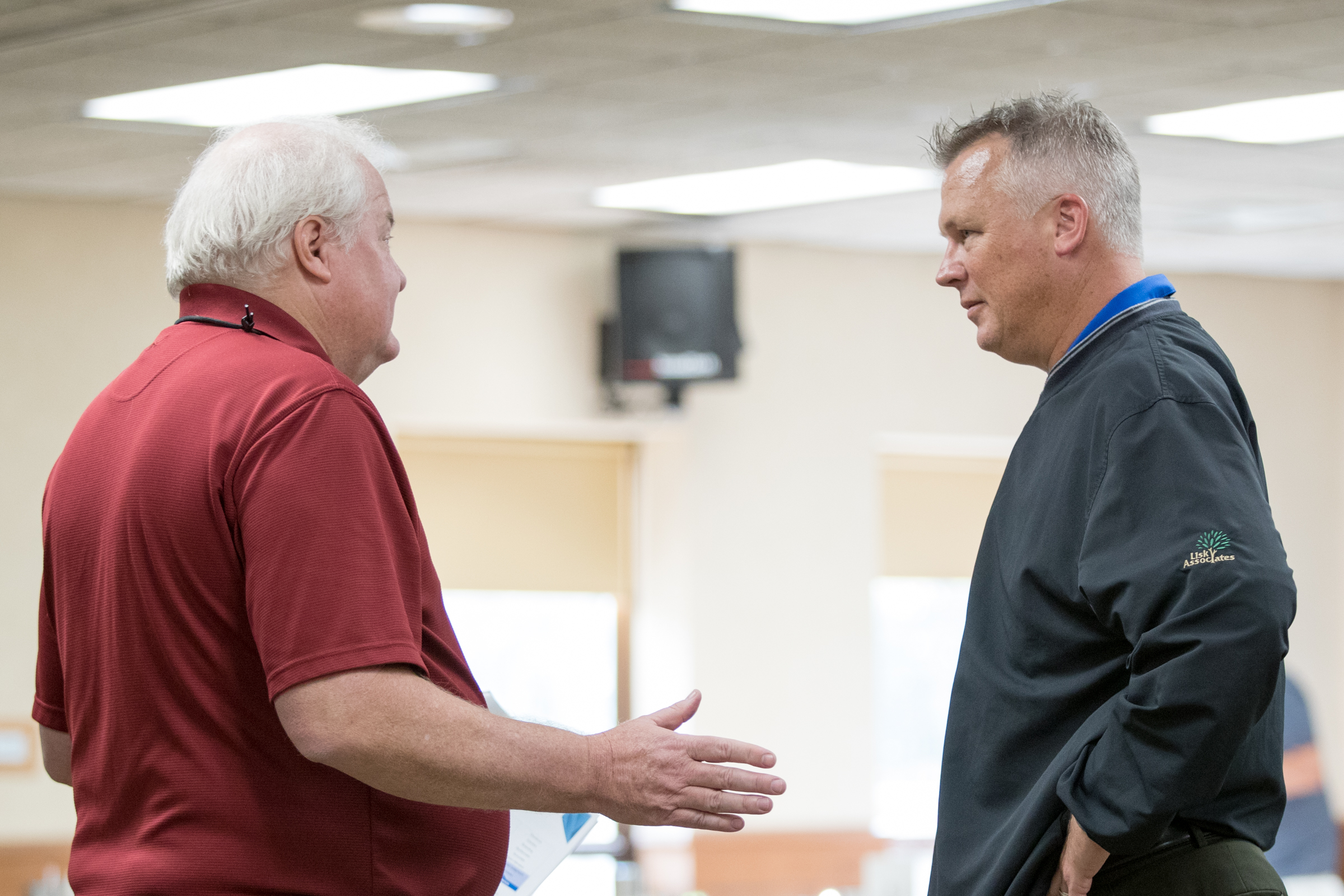Chris Voss is a retired FBI hostage negotiator. I just finished his Masterclass on Negotiation. Here are three “sticky” questioning techniques you could add to your RealTime Coaching toolkit.
#1. Mirroring Questions. Mirroring is a way to ask a question by using the last 3-5 words the person says back to them in the form of a question to get them to expound on their statement. For instance, here is a conversation adapted from our RealTime Coaching book between two cavemen named Fred and Barney.
Fred: “Man, I’m starving and I’m sick of eating vegetables.”
Barney: “Sick of eating vegetables?” (Mirroring question)
Fred: “Yeah, I’d like to get my hands on some meat from that beast out there.”
Barney: “Beast out there?” (Mirroring question)
Fred: “Yeah. The problem is it’s huge and I may end up being the entree, but I’m starving.”
I have people say, “Ryan, I knew exactly what I wanted to say but I was thrown off by something the other person did/said.” Mirroring will help keep you on track because you must listen to the person as you’re going to repeat back to them their last 3-5 words to formulate the next question…..which leads to questioning technique #2.
#2. Labeling Questions. I have always been taught “when we label, we disable.”. This form of labeling takes a different context and it almost falls into the category of empathy or emotional intelligence. Labeling is a way of asking a question to elicit the true Want of a situation by using the two phrases “It sounds like….” or “It seems like….”. Picking up on our caveman conversation:
Barney: “It sounds like you’re really committed to this meal?” (Labeling question)
Fred: “You bet.”
Barney: “It seems like you’re ready to do something about it?” (Labeling question)
Fred: “Yes I am. I’m thinking about doing something tomorrow.”
#3. Calibrated Questions. Those of you familiar with WDIP will appreciate the calibrated questions. Calibrated questions always start with “What” or “How”. These types of questions help us uncover Wants, Doing and Plan actions. Chris says, “Stay away from Why questions as they naturally make people defensive.” Continuing from our example:
Barney: “What have you done so far to prepare?” (Calibrated question)
Fred: “I have been sharpening my weapon.”
Barney: “And what else?” (Ryan’s bonus question, the AWE question taken from The Coaching Habit by Michael Bungay Stanier)
Fred: “Well, not much really, I’ve been busy. I’ve been thinking about it thought. He’s just so big.”
Barney: “He’s so big?” (Mirroring question)
Fred: “Yeah, I’m not sure I could even conquer him by myself. I wish I was bigger.”
Barney: “How could you make yourself bigger?” (Calibrated question)
Fred: “I don’t know.”
Barney: “I know you don’t know, but what if you did know?” (Another Ryan bonus question from Lee Hecht Harrison called Reframe the Picture)
Fred: “I wish I was twice my size.”
Barney: “What could you do to double your size?” (Calibrated Question)
Fred thinks for a minute and says: “Hey Barney, what are you doing tomorrow?”
And off they go….
Notice how Barney actually influenced Fred….by asking questions and “Do-With”. It would have been easy for Barney to give Fred advice (Do-To) or maybe even slay the beast for Fred (Do-For). However, Barney kept the responsibility of the opportunity with Fred and will join him tomorrow on the hunt.
Adding mirroring questions, labeling questions, and calibrated questions to your RTC toolkit will make you a more effective leader, communicator, and negotiator. Keep coaching.


Ryan,
Great way to communicate the concept and Voss’s teaching. I am really enjoying the Master Class series. Do you have a favorite you would recommend.
I am enjoying the TPL training and I think it will prove helpful.